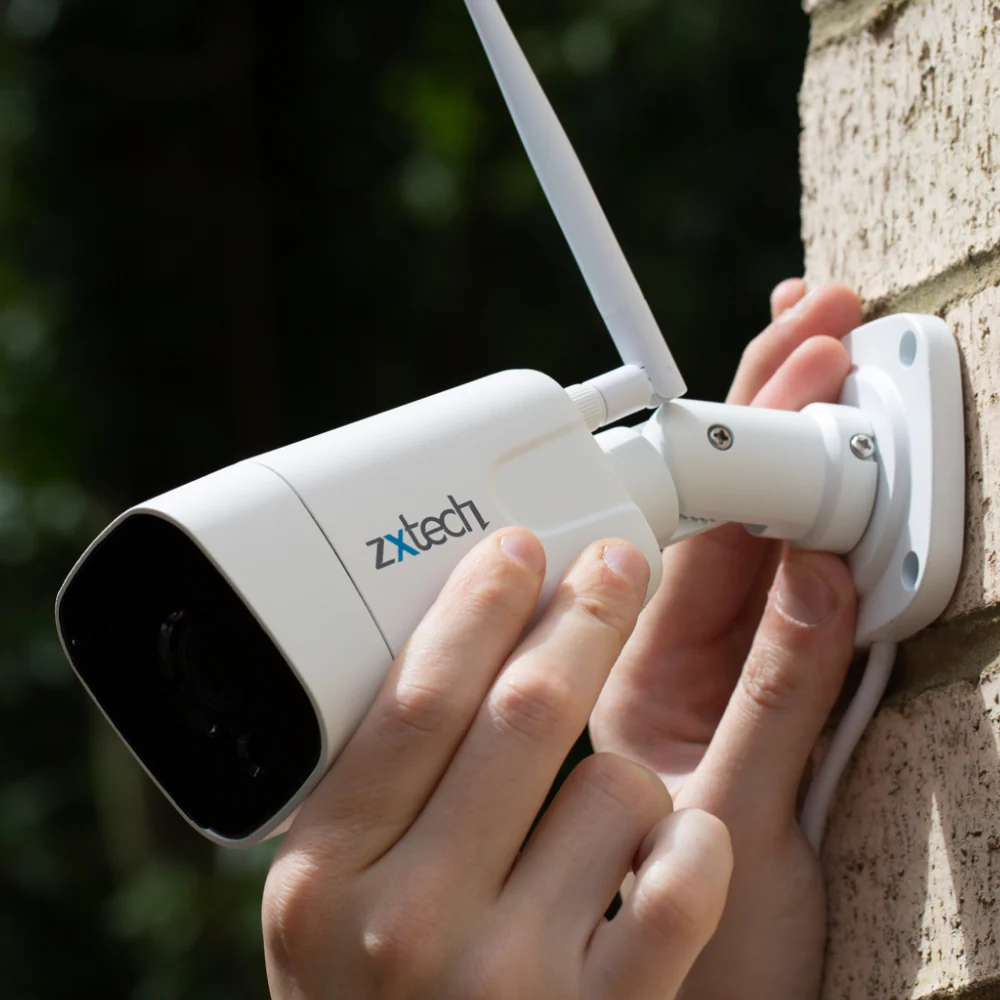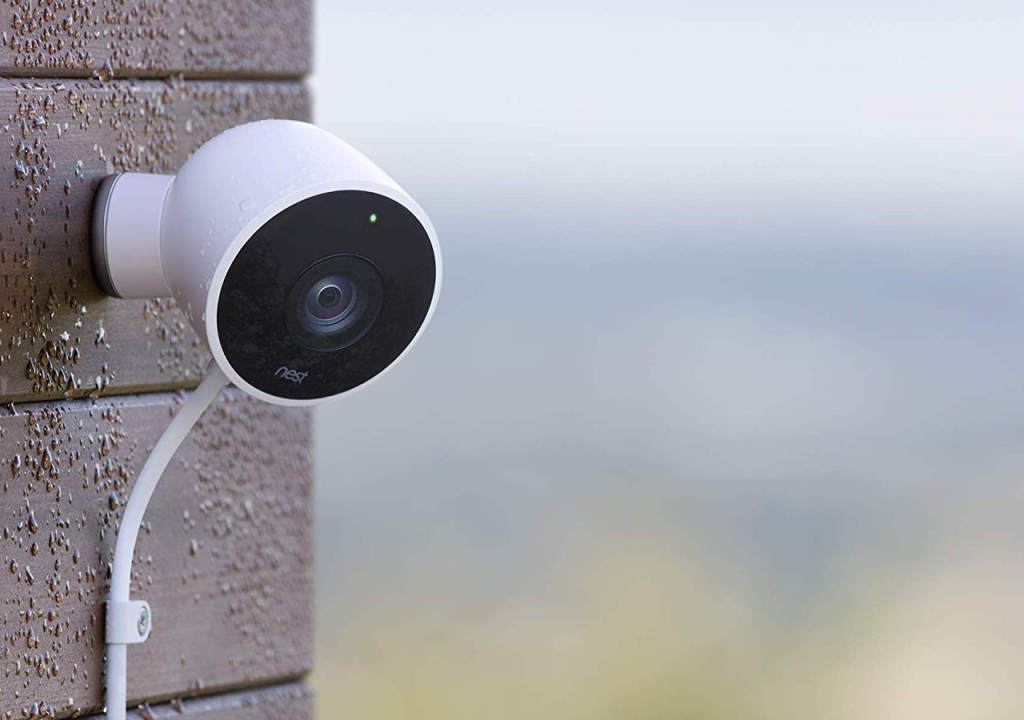In an age where security is paramount, wireless CCTV camera systems have emerged as a popular choice for both residential and commercial properties. These systems offer a combination of ease of installation and robust surveillance capabilities, making them an attractive option for those seeking to enhance their security measures. This article delves into the various aspects of wireless CCTV camera systems, including their benefits, setup processes, features, and considerations for choosing the right system for your needs.
Understanding Wireless CCTV Camera Systems
Wireless CCTV camera systems are designed to transmit video footage over a wireless network, eliminating the need for extensive cabling. This technology allows for greater flexibility in camera placement and simplifies the installation process. Unlike traditional wired systems, which can be cumbersome and time-consuming to set up, wireless systems can often be operational within a matter of hours.
These systems typically consist of several components, including cameras, a digital video recorder (DVR) or network video recorder (NVR), and a means of accessing the footage, such as a smartphone app or web interface. The cameras capture video footage, which is then transmitted wirelessly to the DVR/NVR for storage and viewing.
Key Components of Wireless CCTV Systems
- Cameras: The heart of any CCTV system, cameras come in various types, including dome, bullet, and PTZ (pan-tilt-zoom) models. Each type serves different purposes and environments.
- Digital Video Recorder (DVR) or Network Video Recorder (NVR): These devices store the video footage captured by the cameras. NVRs are typically used with IP cameras, while DVRs are used with analogue cameras.
- Wireless Router: A reliable wireless router is essential for transmitting video signals from the cameras to the DVR/NVR and for remote access.
- Power Supply: While the cameras may be wireless, they still require a power source, which can be achieved through batteries or power adapters.
Benefits of Wireless CCTV Camera Systems
Wireless CCTV camera systems offer numerous advantages over their wired counterparts. Understanding these benefits can help individuals and businesses make informed decisions about their security needs.
Ease of Installation
The most significant advantage of wireless CCTV systems is their ease of installation. Without the need for extensive wiring, users can set up their cameras in various locations without the hassle of running cables through walls or ceilings. This flexibility allows for optimal camera placement, ensuring that all areas of concern are adequately monitored.
Moreover, many wireless systems come with user-friendly installation guides and mobile applications that simplify the setup process. Users can often connect their cameras to the network and configure settings with minimal technical knowledge.
Scalability
Wireless CCTV systems are inherently scalable, allowing users to expand their surveillance capabilities as needed. Adding additional cameras to an existing system is typically straightforward, requiring only a few steps to integrate new devices into the network.
This scalability makes wireless systems particularly appealing for businesses that may need to increase their surveillance coverage over time. Whether it’s adding cameras to new locations or upgrading existing ones, wireless systems can adapt to changing security needs.
Remote Access and Monitoring
Another significant benefit of wireless CCTV systems is the ability to access footage remotely. Most modern systems come equipped with mobile applications that allow users to view live feeds and recorded footage from anywhere with an internet connection. This feature is particularly valuable for business owners who want to monitor their premises while away or for homeowners who wish to keep an eye on their property during vacations.
Remote access also enables users to receive alerts and notifications in real-time, allowing for prompt responses to potential security threats. This capability enhances the overall effectiveness of the surveillance system.
How to Set Up a Wireless CCTV Camera System
Setting up a wireless CCTV camera system can be a straightforward process if approached methodically. Here’s a step-by-step guide to ensure a successful installation.
Step 1: Choose the Right Location
Before installation, it’s crucial to determine the best locations for your cameras. Consider areas that require monitoring, such as entry points, driveways, and backyards. Ensure that the cameras have a clear line of sight and are positioned to avoid obstructions.
Additionally, consider the lighting conditions in the area. Cameras with night vision capabilities can be beneficial for low-light environments, while others may require additional lighting to capture clear footage.

Step 2: Connect the Cameras to the Network
Once the locations are determined, the next step is to connect the cameras to your wireless network. This process typically involves powering on the cameras and using the accompanying mobile application to connect them to the Wi-Fi network. Follow the manufacturer’s instructions for pairing the cameras with the app. Click here to learn about best home security cameras in Australia for 2025.
Ensure that the cameras are within range of the wireless router to maintain a strong signal. If necessary, consider using Wi-Fi extenders to boost the signal strength in areas where cameras are located far from the router.
Step 3: Configure the System Settings
After connecting the cameras, configure the system settings through the mobile application or web interface. This may include setting up motion detection zones, adjusting video quality, and scheduling recording times. Customising these settings can enhance the effectiveness of your surveillance system.
It’s also advisable to set up user accounts and permissions if multiple individuals will access the system. This ensures that only authorised personnel can view or modify the settings.
Step 4: Test the System
Once the system is set up, conduct thorough testing to ensure everything is functioning correctly. Check the video quality, motion detection alerts, and remote access capabilities. Make any necessary adjustments to camera angles or settings to optimise performance.
Regular testing and maintenance of the system will help ensure that it remains effective over time. Periodically check for software updates and review footage to ensure that all areas are adequately monitored.
Choosing the Right Wireless CCTV Camera System
With numerous options available on the market, selecting the right wireless CCTV camera system can be daunting. Consider the following factors to make an informed decision.
Camera Quality and Features
When choosing a wireless CCTV camera system, pay close attention to the camera quality. Look for cameras with high-resolution capabilities, such as 1080p or higher, to ensure clear and detailed footage. Additionally, consider features such as night vision, wide-angle lenses, and two-way audio, which can enhance the overall functionality of the system.
Some cameras also offer advanced features like facial recognition and motion tracking, which can provide added security benefits. Assess your specific needs and choose a system that aligns with your requirements.
Storage Options
Storage is a critical consideration when selecting a CCTV system. Wireless systems typically offer two main storage options: cloud storage and local storage. Cloud storage allows for remote access to footage, while local storage, such as an NVR, provides a physical backup of recordings.
Evaluate the storage capacity and subscription fees associated with cloud storage options, as these can vary significantly between providers. Ensure that the chosen system offers sufficient storage to meet your surveillance needs.
Budget Considerations
Finally, consider your budget when selecting a wireless CCTV camera system. Prices can vary widely based on camera quality, features, and storage options. While it may be tempting to opt for the cheapest option, investing in a reliable and high-quality system can save money in the long run by reducing the risk of security breaches.
Compare different systems and read reviews to ensure that you are making a sound investment in your security. Look for systems that offer warranties and customer support to ensure peace of mind.

Conclusion
Wireless CCTV camera systems provide an effective and flexible solution for enhancing security in both residential and commercial settings. With easy installation, scalability, and remote access capabilities, these systems are well-suited to meet the diverse needs of users. By understanding the key components, benefits, and considerations involved in selecting and setting up a wireless CCTV system, individuals can make informed decisions that contribute to their safety and peace of mind.
Investing in a wireless CCTV camera system is not just about protecting your property; it’s about ensuring the safety of your loved ones and assets. With the right system in place, you can enjoy the confidence that comes from knowing your surroundings are being monitored and protected.

